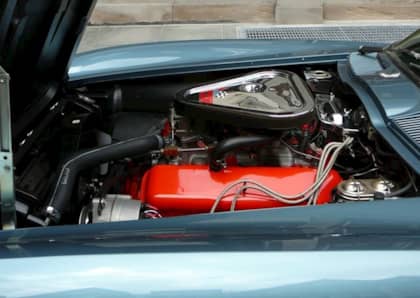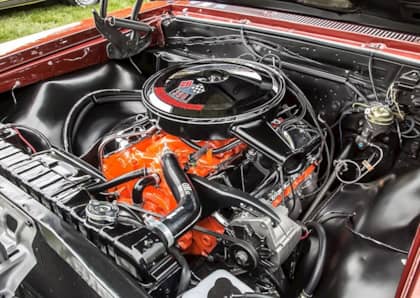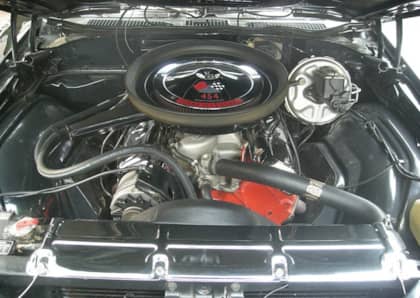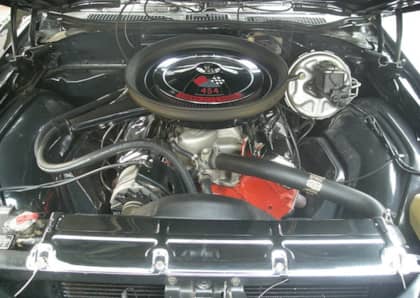She's Real Fine My 409: Chevrolet's Pioneering Big Block Was More Than Just A Beach Boys Lyric
The 409 cubic inch big block V8 was immortalized by one of the most popular American rock groups of all time, with the Beach Boys crooning 'She's real fine my 409' while bragging about the engine's exploits at the drag strip.
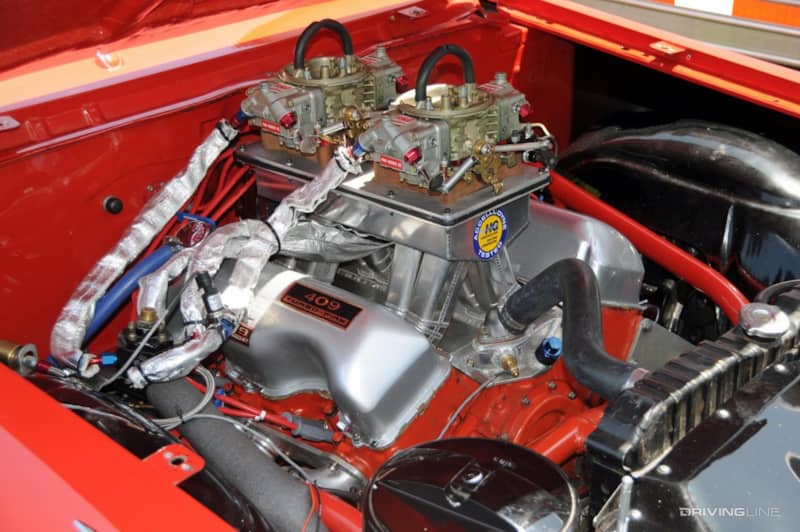
One of the few '60s-era engines to worm its way into the pop consciousness, the 409 has an interesting history that helped kick-start Chevrolet's big block era and light up the imaginations of hot rod builders and sleeper fans across the country. The 409 wasn't just an easy rhyme for Brian Wilson and co: it also laid GM's blueprint for the large displacement engines that were about to become so important in the muscle car wars.
Heavy Duty Design
The Mark I big block engine was conceived at a time when the original small block Chevrolet V8—which still soldiers forward in modern form today, five generations later—was still relatively fresh. Although it was clear that the small block was versatile enough to handle a wide range of roles inside the General Motors line-up, there were concerns that with larger and larger cars on the horizon there might be a need for an engine design that could deliver big torque at low revs. Combined with its developing truck business, it was clear that the need for bigger motors alongside the existing Chevy V8 was real.
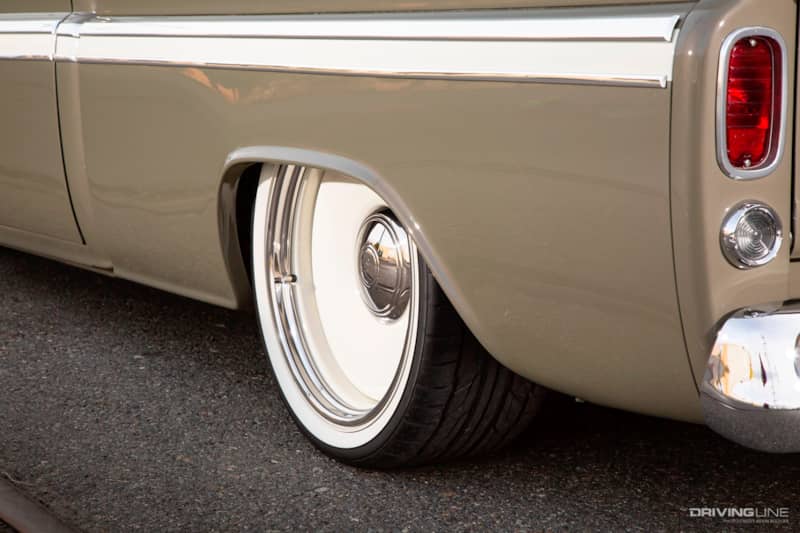
The original Chevrolet big block was called the 'W-Series,' and it appeared in 1958 as a 348 cubic inch engine. This was a sizable upgrade over the 265 and 283 cubic inch small block options also on offer, and power checked in at between 250 and 350hp, depending on model year and whether the unit was equipped with either a four-barrel or three two-barrel carburetors.
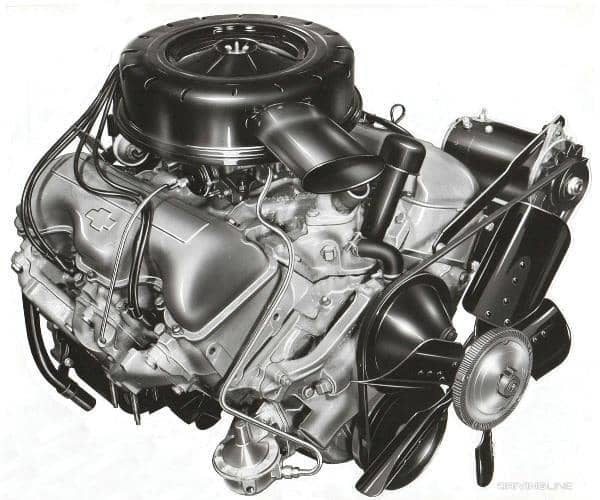
It was a heavier engine than the small block, but not all that much larger in terms of external dimensions; after all, Chevy needed it to fit inside the same vehicles as its more modest cousin.
Heading In Its Own Direction
The 409 cubic inch big block was the next step in the Mark I's evolution, and it hit the scene in 1961. Like the 348, it featured offset valves and an unusual combustion chamber that was actually located in the cylinder rather than the cylinder heads themselves. A uniquely-angled block deck (74 degrees compared to the usual 90 degrees) combined with angular crowned pistons were responsible for relocating the chambers, which gave the V8 a highly turbulent fuel mixture. It also improved torque delivery and knock resistance, and made it cheap and easy for Chevy engineers to change compression ratios by replacing cylinders rather than reconfiguring head designs.
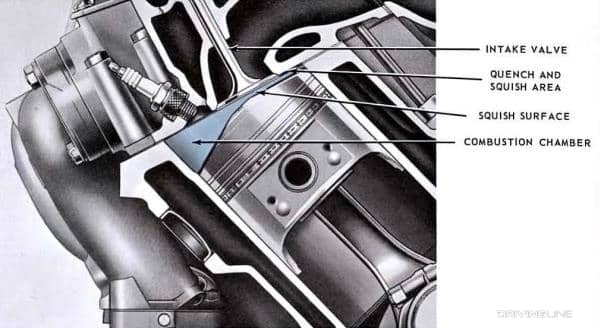
The 409 cubic inch W-Series had thicker block walls and featured a larger 4.3125 inch bore versus the 348's 4.125 inch measure. It also added 0.25 inches of stroke and a big compression boost (11.25:1 versus 9.5:1 for the 348).
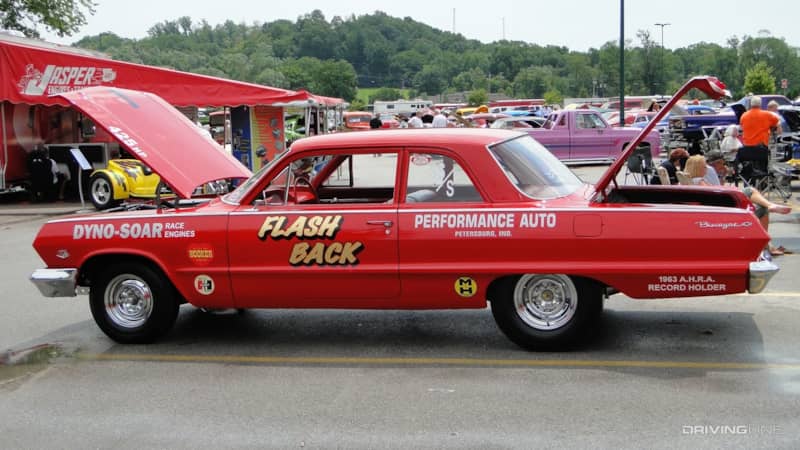
Out of the box it featured a 360hp rating, but by 1962 the availability of a dual-quad carb setup and a fresh cam grind had bumped output to a lofty 409hp. GM wasn't quite finished: the following year a 425hp version of the engine was made available (featuring solid lifters and a hydraulic camshaft). Torque was equally mighty, checking in at 425 lb-ft.
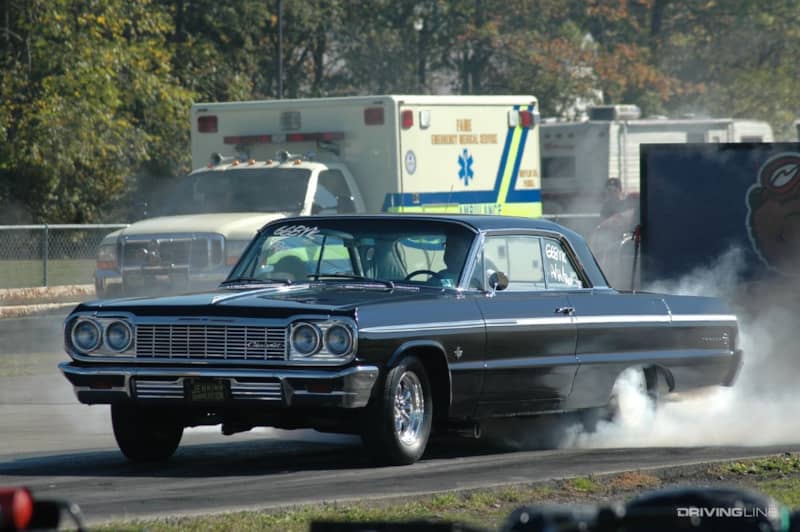
For dedicated racers, there was also the 427 cubic inch punch-out of the 409 called the Z11 package. The 427 enjoyed a longer stroke and a different set of heads with larger ports, and it delivered between 430 and 500hp (thanks in part to its 13.8:1 compression ratio). Just over 50 of these motors were sold exclusively for 1963.
Stepping Stone To Success
Very few cars snagged the first-year 409, with only 142 Chevrolet Impala SS examples recorded as having been equipped with the optional big block. The following year, however, the public caught on to what the Beach Boys were vibing about, and scores of Impalas, Bel Airs, and a number of Chevy trucks were built with both the high performance and the 'standard' tune versions of the engine. In total, 15,000 409 V8s were built between 1961 and 1965.
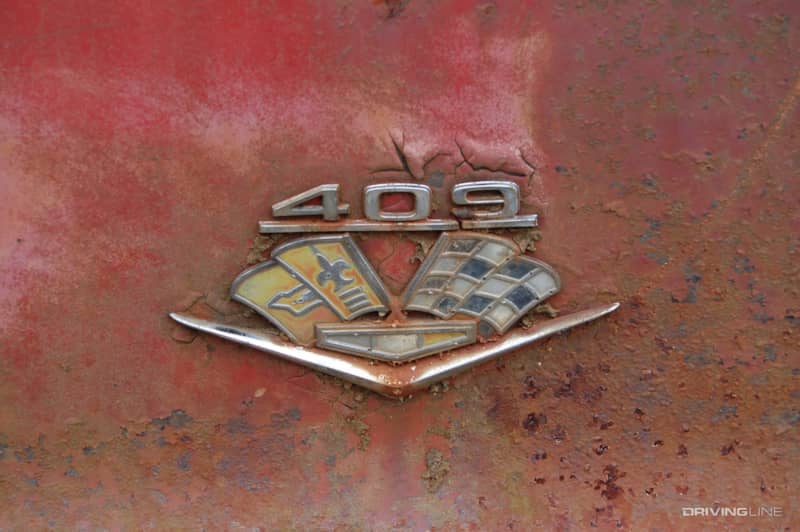
Things were changing fast both out on the street and in the racing world, however. Ford and Chrysler were experimenting with hemispherical combustion chambers that quickly established new benchmarks for performance. Chevrolet realized that the wedge-in-cylinder combustion chamber was now out-classed, and that intake and exhaust flow through its unusual angles wasn't nearly as efficient as it could be.
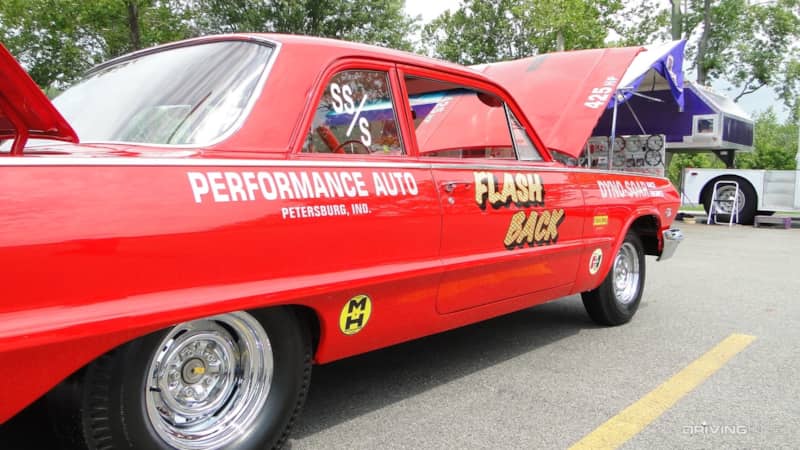
The writing was on the wall for the Mark I, and in 1965 Chevrolet introduced its replacement: the Mark IV big block, also known as the 396. The Mark IV family enjoyed a much longer reign at the top of GM's big block V8 line-up, but it couldn't have gotten there without the lessons learned from the 409 (which to this day still enjoys strong aftermarket support).




